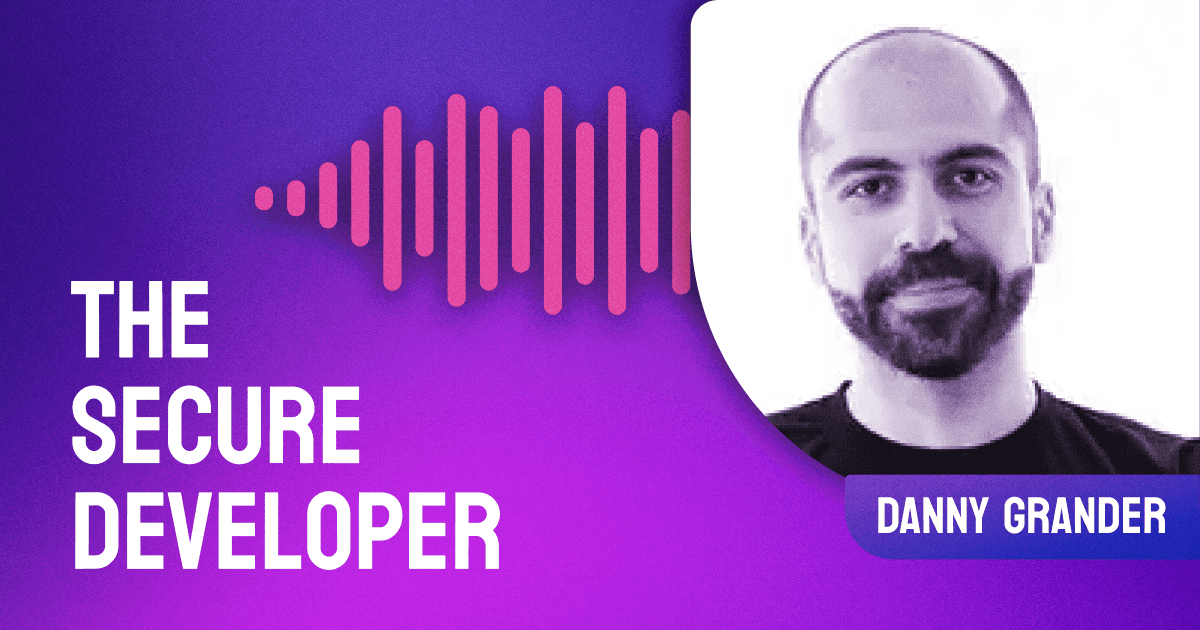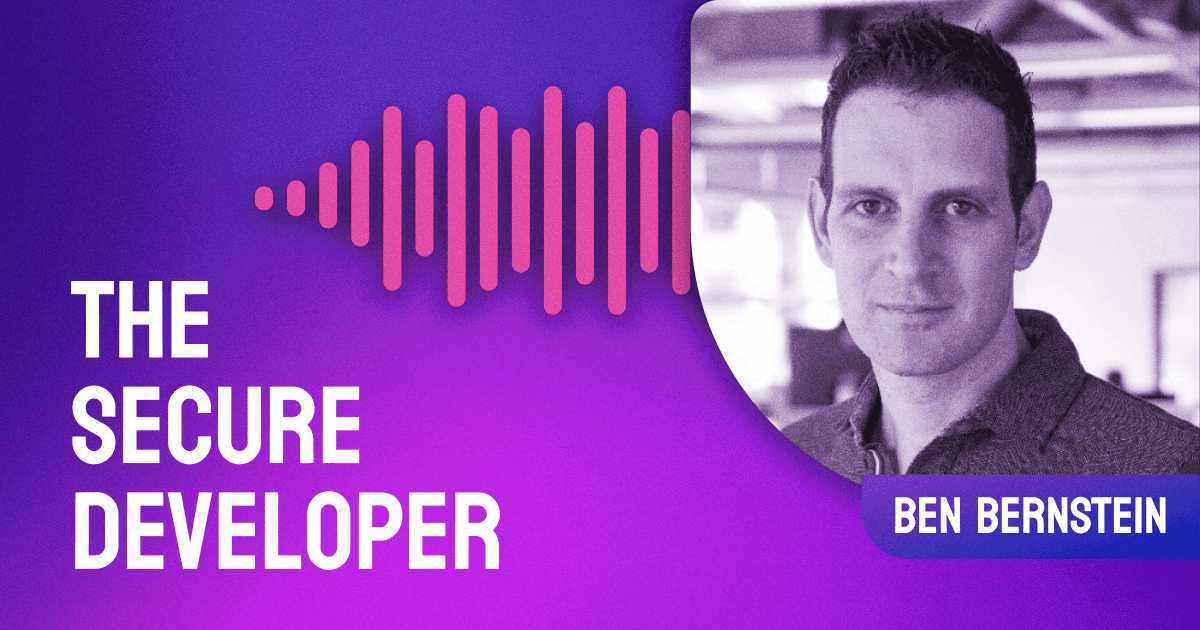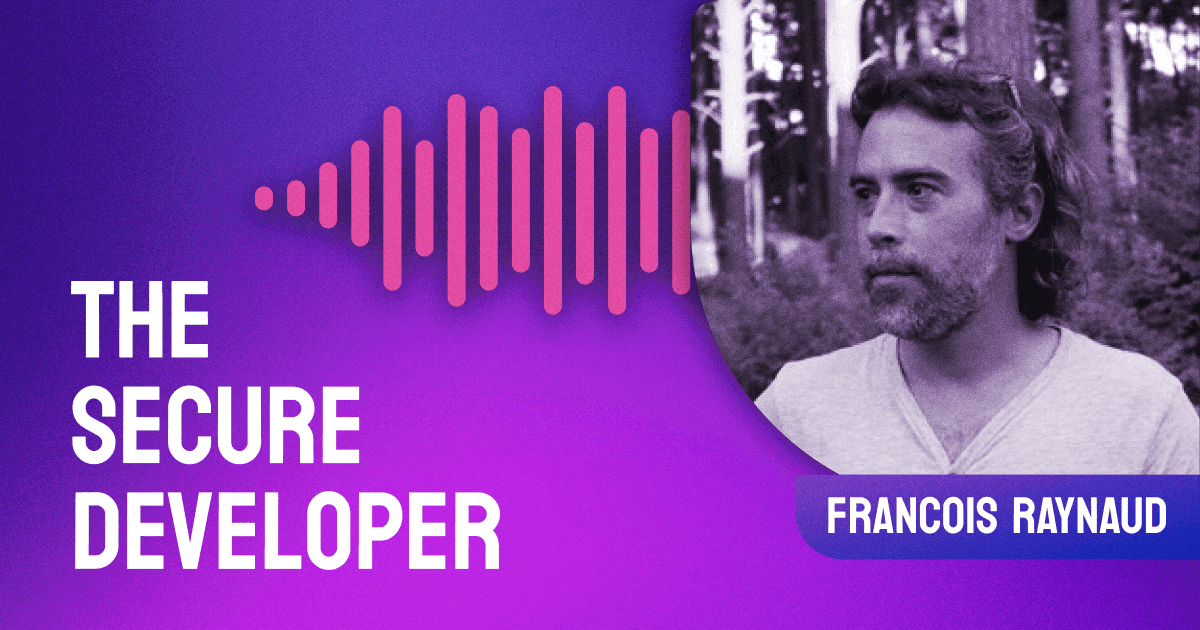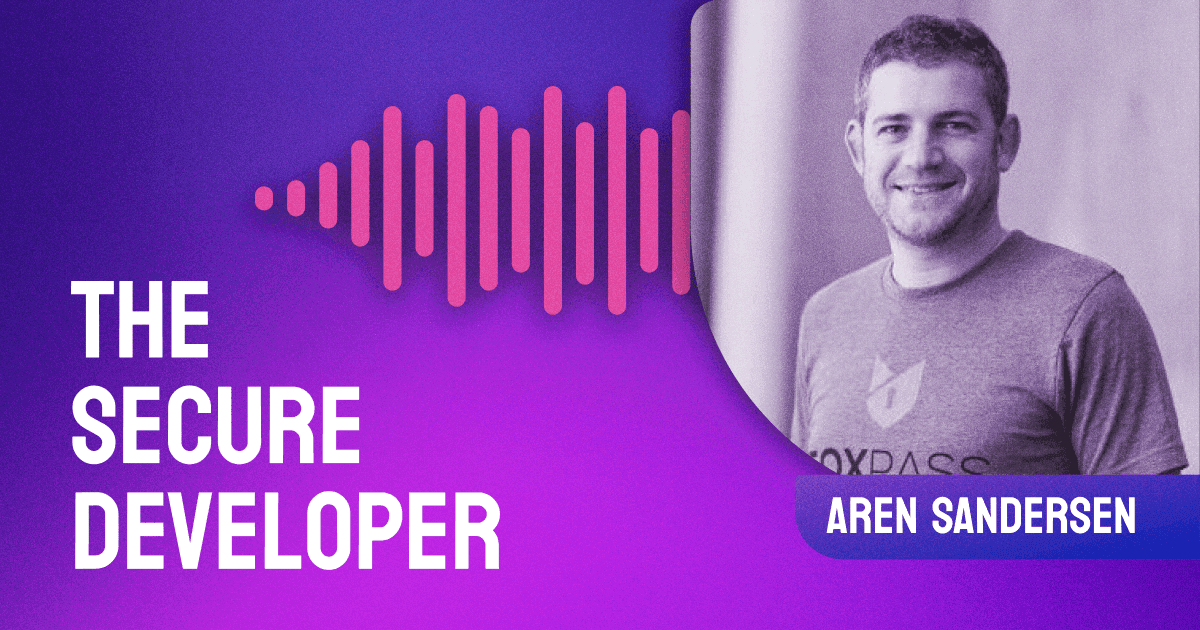In the fifth installment of The Secure Developer, Guy talks with Chef CTO Adam Jacob about the role security can play in DevOps and continuous integration/deployment. They cover the differences between baked-in and bolted on security and how automation with Habitat can change the way developers approach secure coding.
The post Ep. #5, Continuous Security at Chef appeared first on Heavybit.





